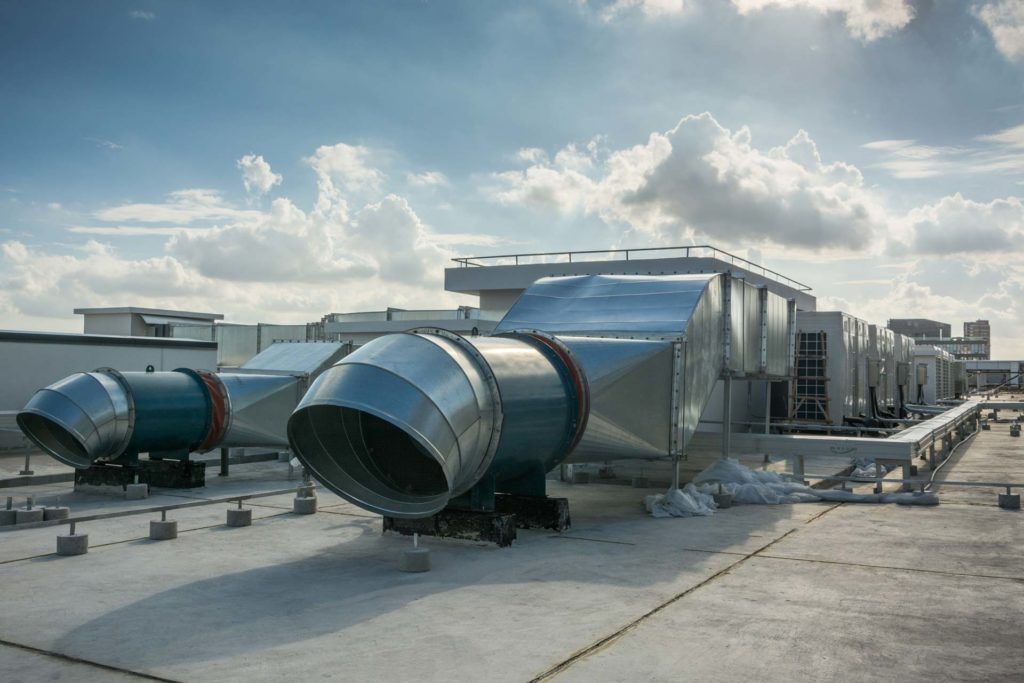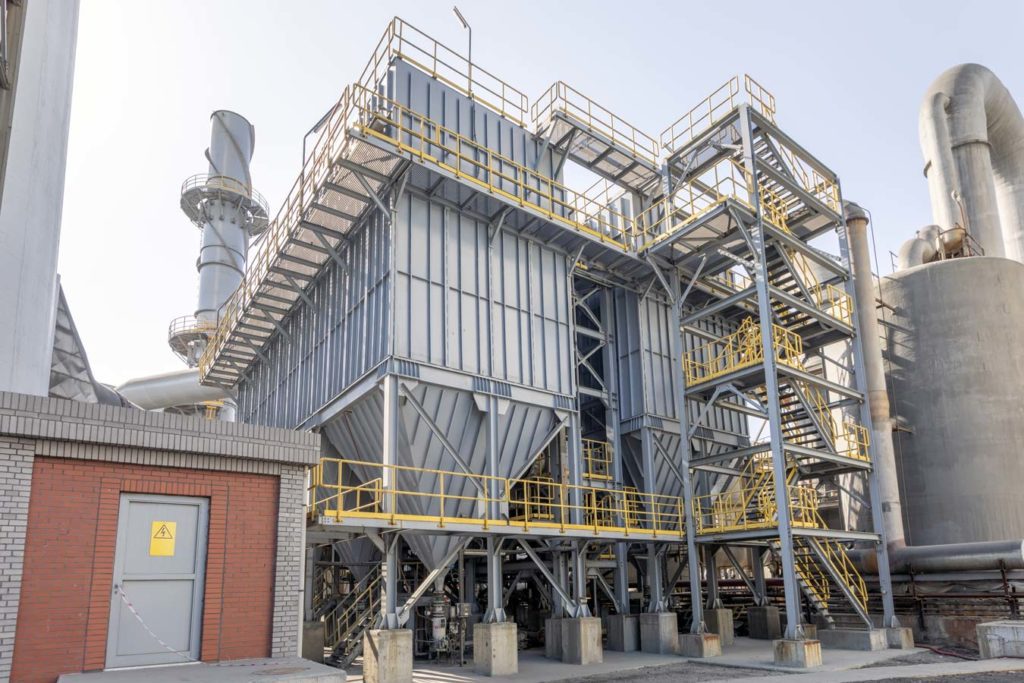At Baghouse America, we supply a range of non-proprietary diaphragm valves that fit most major brands, helping you escape from proverbial proprietary jail. These valves are often lower cost and give you more options when it comes to maintenance. In addition, rather than spending over the odds on OEM parts, you can use the third-party vendors we supply for a discount.
Diaphragm valves are essential in a range of applications. Often called membrane valves, these helpful components comprise the body of a valve with two or more ports and an elastomeric sheet (called the diaphragm). Designs usually have a saddle or weir on which the diaphragm closes the valve, preventing fluids from passing through. Valve bodies are typically made from plastic or metal, though you sometimes see wood versions.
Diaphragm Valve Uses
Given that diaphragm valves are control devices that open and shut based on whether machines and operators want fluids to flow, they have a large number of uses. Pressure buildup on either side of the valve causes it to open or shut, giving it a range of applications across industries. You typically see these components in the manufacturing, pharmaceutical, and mining industries. However, they are also essential in pollution control, used in numerous air filtration systems that keep workers safe.
The reason for this use comes down to how they work. Pneumatic diaphragm valves open and close in response to air pressure. Solenoids, wire-wrapped metal that makes a magnetic field when an electrical current is passed through it, activate the valve in automated systems. It can also be closed and opened manually, though this is rare.
Today, there are plenty of aftermarket diaphragm suppliers you can use. For example, both Goyen and Mecair offer ways of escaping proprietary jail and getting the supplies you need to keep your equipment functioning.
Benefits of Diaphragm Valves
Diaphragm valves offer a variety of benefits, explaining their popularity. These benefits include:
- The ability to throttle fluid as it passes through the valve
- Hygienic and clean because of the way they reduce the buildup of sediment and other detritus
- A small probability of stem leakage
- Operating mechanisms are isolated from the flow of fluid
- The fluid does not interfere with the operating mechanism
- Crews can carry out servicing without interrupting the surrounding machinery
- Excellent for processing particle-containing media
With that said, diaphragm valves are not suitable for all applications. For instance, these valves limit hydrostatic pressure. In addition, some designs may prevent complete drainage, and diagrams may erode during throttling applications.
Diaphragm Valves in Dust Collectors
We offer a range of diaphragm valves for use in dust collectors – critical pollution control equipment in factories, plants, and warehouses. Dust control systems reduce, control, and remove harmful particulate matter from the environment, improving air quality and worker safety.
Dust collector designs vary according to the pollution needs of the industry. Most designs work by drawing in dust particles through an air filter that captures and separates the matter and then discharges purified air back into the work environment.
Dust collectors use a variety of components to perform their function, including blowers, dust filters, filtering systems, cleaning systems, and diaphragm valves. Baghouse dust collectors are the most common because of their ability to operate at 99 percent efficiency or more.
A variety of dust collector designs exist:
- Pulse jet dust collectors use rapid, high-pressure air jets to send shockwaves through filters to collect dust in bags for disposal.
- Cartridge collections rely on fabric filters that operators can easily change without taking equipment apart.
- Cyclone dust collectors separate dust and gas through the power of centrifugal force, causing particulate matter to funnel down to the base for collection.
Diaphragm valves contribute to dust collectors by enhancing the efficiency of the filters. When diaphragm valves open, it causes a fraction of the retained air in the system to escape quickly. The sudden change in pressure creates a shock wave that travels through the filter, pushing on any particulates that have accumulated. Dust then falls into a bag below, where operators can collect it and take it away. As such, diaphragm valves are essential for keeping filters operational and preventing them from getting clogged.
Repairing Diaphragm Valves
Most diaphragm valves use elastomeric, stretchy rubber-like materials. Some use natural rubber, but most are now silicone or nitrile. While these materials are tough, they do eventually wear out.
Diaphragm valves don’t last forever. Over time, the membrane becomes damaged, necessitating repair. We offer a diaphragm valve repair kit that you can use to keep your valves operating, even under high-stress conditions. You can also view all products and services. Can’t find what you’re looking for? Contact us today to talk to one of our team members.

